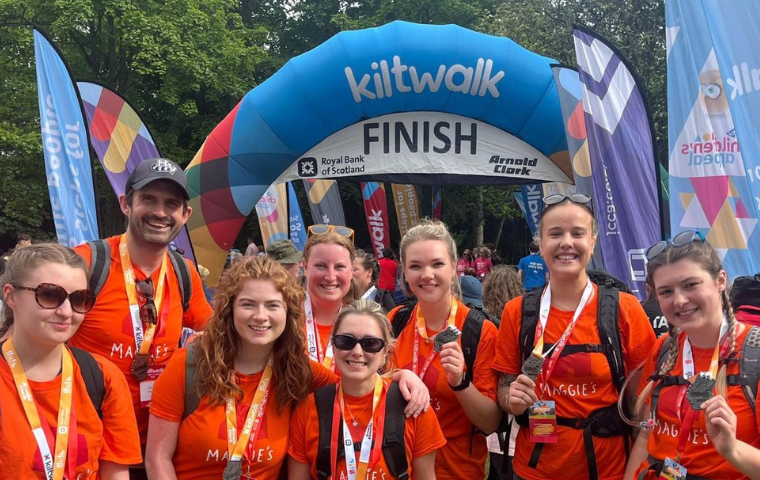The Best Way To Write A Cover Letter
5th May 2024
by Colin McKay
You’ve decided to apply for an open position within a company and you see the following message: Please attach a cover letter with your application.
How do you write a cover letter that will help you stand out from the crowd?
To answer that, we need to look at what a cover letter is and why writing one is such an important part of the job-seeking process.
What is a cover letter?
While not always compulsory, an employer may ask you to submit a cover letter alongside your CV when applying for a job. If you know how to write a good cover letter it’s a powerful marketing tool you can use to personalise your application.
A cover letter is a short introduction that describes who you are, what your qualifications and experiences are, and why you think you are the best person for the job.
Why is a cover letter important?
A cover letter serves as your initial introduction to a potential employer, it essentially acts as your advocate, making the reader eager to review your CV and potentially extend an invitation for interview.
The letter should showcase what you can bring to the organisation, highlighting your accomplishments and enthusiasm for the position, all in a succinct and polished manner.
It’s where you can write with personality and it's a chance to counter objections you think might discount you from the application process.
For example, if the job advert calls for 3 years’ experience but you don’t meet this criteria use the cover letter to explain why this shouldn’t discount you and draw attention to attributes you possess that are important for achieving success in the job.
What should you include in your cover letter?
An employer will be looking for certain elements within your cover letter that will help make selecting potential candidates easier. They will usually want to see:
- A strong opening statement that showcases who you are and why you think they should choose you. You should reference the specific role that you are applying for and include your contact information.
- A description of your most relevant skills, experiences, and knowledge that will bring value to the hiring company (make sure you aren’t too vague or generic – tell them what makes you different from everyone else or draw their attention to specific points you’ve elaborated upon in your CV).
- A conclusion that reinforces your interest in the role and features a call to action for the employer, such as “I look forward to hearing from you” or “I look forward to learning about the next step in the application process”.
Make sure you cover all the bases - our 3C guide
We’ve developed a handy 3C guide that will help you write your cover letter:
Complement - Your letter should complement your CV, not copy it. It should be concise and focused while highlighting key pieces of information that you wouldn’t want the reader to overlook in your CV, such as your accomplishments and any projects that demonstrate abilities relevant to the job you’re applying for.
Customise - It’s important to customise your cover letter for each job application. It should speak specifically to the job and company you are applying to by referencing skills relevant to the role and demonstrating some knowledge of the company. This shows that you’ve done your research and understand how you can contribute to their goals.
Context – Your cover letter should also place your application in context for the reader. It should explain what appeals to you about the job and the organisation and is a good space for you to outline your situation, including why you are looking to leave your current role, your availability for an interview, and any key information that impacts your employability e.g. visa restrictions etc.
Format and style
If your cover letter is a document, we recommend that it’s no longer than 400 – 500 words, somewhere between half a page and a full page, divided into 3 or 4 paragraphs. If the cover note is an email message, with your CV as an attachment, make it shorter, probably no longer than 400 words.
Depending on the role you are applying for, there is also the option of having some fun with the cover letter and truly showing off your creative skills. You could forgo the typical written statement format and hit all the key points listed above through a different medium.
Some candidates have even submitted TikTok videos as their cover letters for roles in digital marketing or PR– and gone on to get the job! While this wouldn’t always be appropriate, sharing your cover letter in an inventive way can certainly help you distinguish yourself from other applicants.
That just about covers it
Sometimes writing a cover letter can seem a daunting task, especially when you have a blank page in front of you. It is a chance to tell an employer exactly who you are and why you have the experience necessary for the advertised role.
You can also get a friend or family member to read over your letter before you submit it, so you can make sure you haven’t missed anything important.
The final advice I could give is the same as I would for a job interview – just be yourself!










